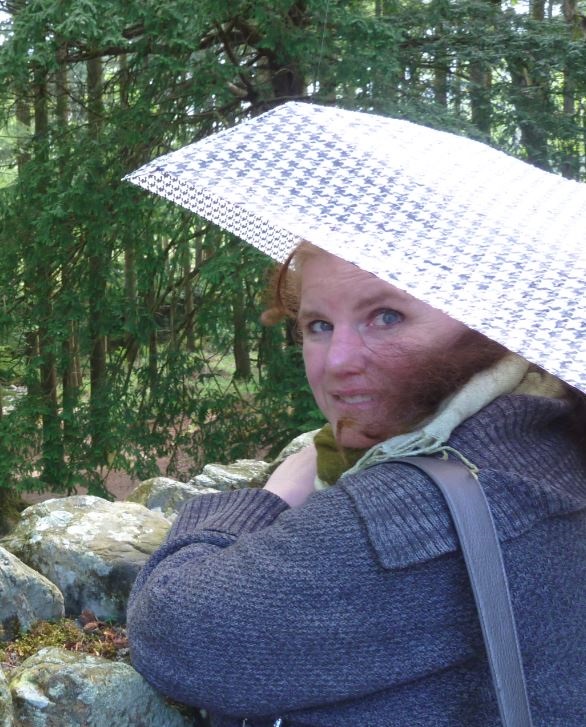Often writers will make their protagonist a writer, but in the book, the writer makes the protagonist a philosopher. There is an obvious reason for this.
I had read this book before in my early teens, one of the wonderful books Taryn gave me. One day, all women disappear. In an alternate universe, all men disappear. The story has not lost its glimmer after thirty years, even through the tarnish left by its time of blind racism and condescension towards homosexuals. Unlike the books that followed this 1951 story, the characters here are not in any way caricatures of men and women; it deeply examines men and women... because the author is clearly a philosopher.
And also a fine writer. Points for this description: “His black Vandyke bristles as if its follicles were capable of pointing their separate hairs.” Extra points for the mandola-church built by the philosopher’s neighbor and its possible influence on Vonnegut’s Bokononism. Extra credit for making me almost cry in the Yuma Holiday Inn restaurant as I ate breakfast and read the ending because I was so grateful the main characters were reunited.
The real strength of this book was not its discussion and analysis of how people work but much more the great hardships the characters went through that were so grueling that it was their emotional state that was both changed and transformed by the ending as they were brought back together. How do events effect people’s emotions? How do emotions effect people’s characters? Important lessons.

 RSS Feed
RSS Feed